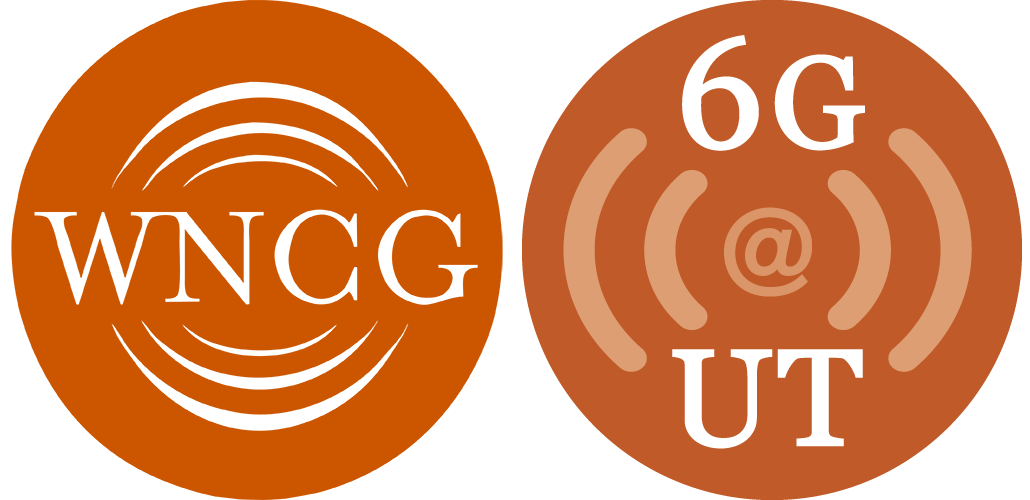Abstract:
In this talk, we consider a general class of deterministic interference channels with three user pairs. We take two different perspectives. In the receiver-centered perspective, we assume simple point-to-point random codes at the transmitters. Instead of attempting to separate the individual interfering signals, the receivers decode their desired message jointly with the combined (aggregate) interference signal. This interference decoding scheme yields a first inner bound to the capacityregion. On the other hand, the transmitter-centered perspective gives rise to a situation where one transmitter communicates with his desired receiver while trying not to disturb the other receivers. We define this disturbance-constrained communication problem rigorously and find its optimal coding schemes. Finally, we consolidate the two perspectives by combining codebooks generated as in disturbance-constrained communication with interference-decoding receivers, and arrive at a new inner bound to the capacity region.
Bio:
Bernd Bandemer is a Ph.D. candidate in Electrical Engineering at Stanford University, where his research is in information theory and wireless communications. He is particularly interested in deterministic interference channels as a tool to understand the role of interference in communications fundamentally. Prior to joining Stanford University in 2006, he received his Dipl.-Ing. degree in Computer Engineering (Ingenieurinformatik) in 2006 from Ilmenau University of Technology, Ilmenau, Germany. In 2003/04, he was awarded a Fulbright scholarship to study at Purdue University, West Lafayette, Indiana. His experience in industry includes working as research intern at Intel Cooperation (Santa Clara, California), at Nokia Research Center (Helsinki, Finland), and at the German Aerospace Center (Munich, Germany).

